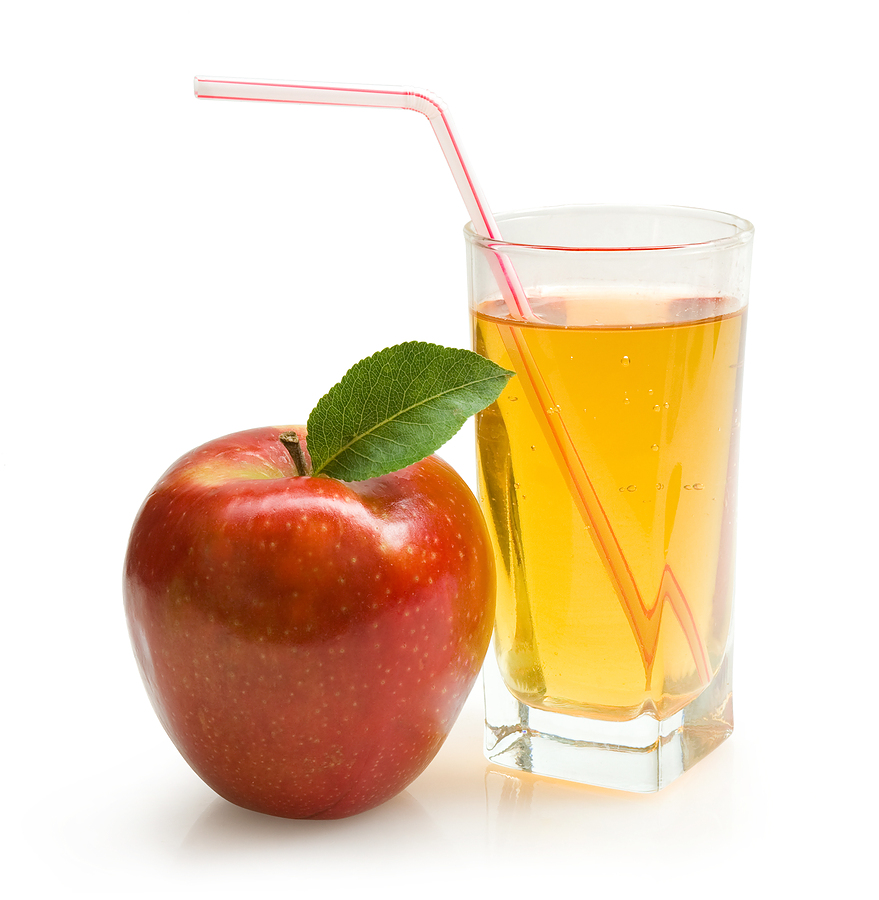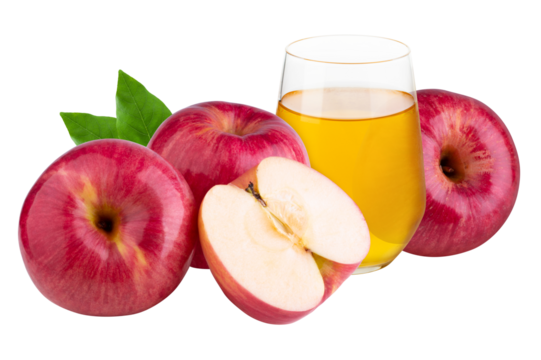Introduction to Apple juice
Its crisp, sweet taste and vibrant aroma make it a popular choice for quenching thirst and satisfying the taste buds. In this article, we will delve into the origins, production processes, nutritional value, and health advantages of apple juice. The Sweet and Nutritious Elixir: Exploring the World of Apple Juice.
A Brief History of Apple Juice
The history of apple juice can be traced back thousands of years to ancient civilizations like the Egyptians and Romans.
The Production Process
Apple juice production involves several steps to transform fresh apples into the delicious liquid we know today:
Harvesting: The first step is carefully selecting ripe apples, which can vary in flavor depending on the apple variety. Common apple varieties used for juice include McIntosh, Gala, Granny Smith, and Fuji.
Washing and Sorting: Apples are washed to remove dirt and impurities.
Pressing: The apples are crushed and pressed to extract their juice. Modern machines use hydraulic presses to efficiently extract every drop of juice from the apples.
Packaging: The final step involves packaging the apple juice in bottles, cartons, or other containers for distribution.
Nutritional Value of Apple Juice
Natural Sugars: Apple juice contains natural sugars, predominantly fructose, which provide a quick source of energy.
Health Benefits of Apple Juice
Hydration: Apple juice is an excellent choice for staying hydrated, especially in hot weather. The Sweet and Nutritious Elixir: Exploring the World of Apple Juice.
Digestive Health: The fiber in apple juice can help regulate bowel movements and prevent constipation.
Heart Health: Consuming apple juice may support heart health by helping to lower blood pressure and reduce the risk of cardiovascular diseases.
Immune Support: The vitamin C in apple juice is crucial for a robust immune system.


Comments